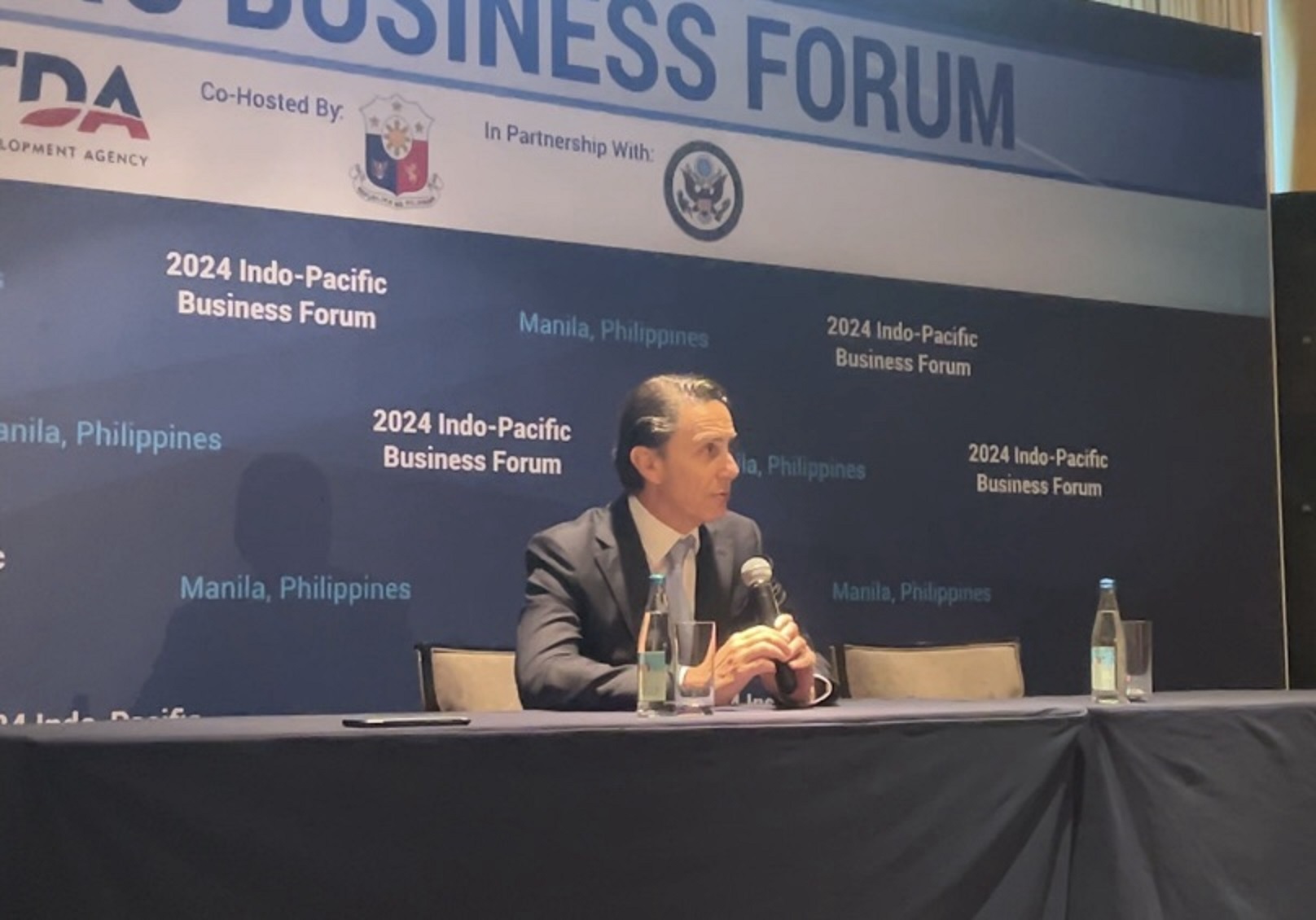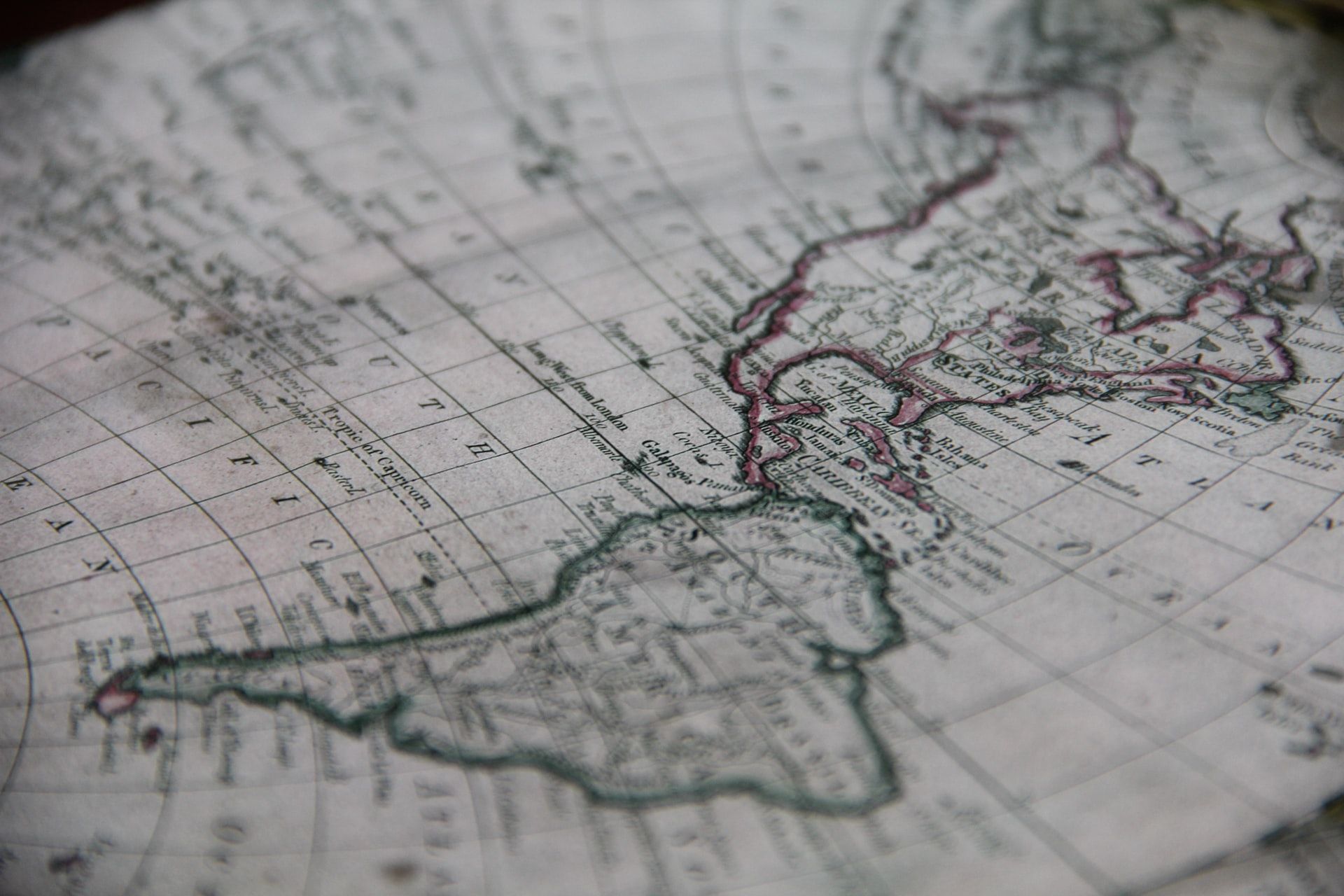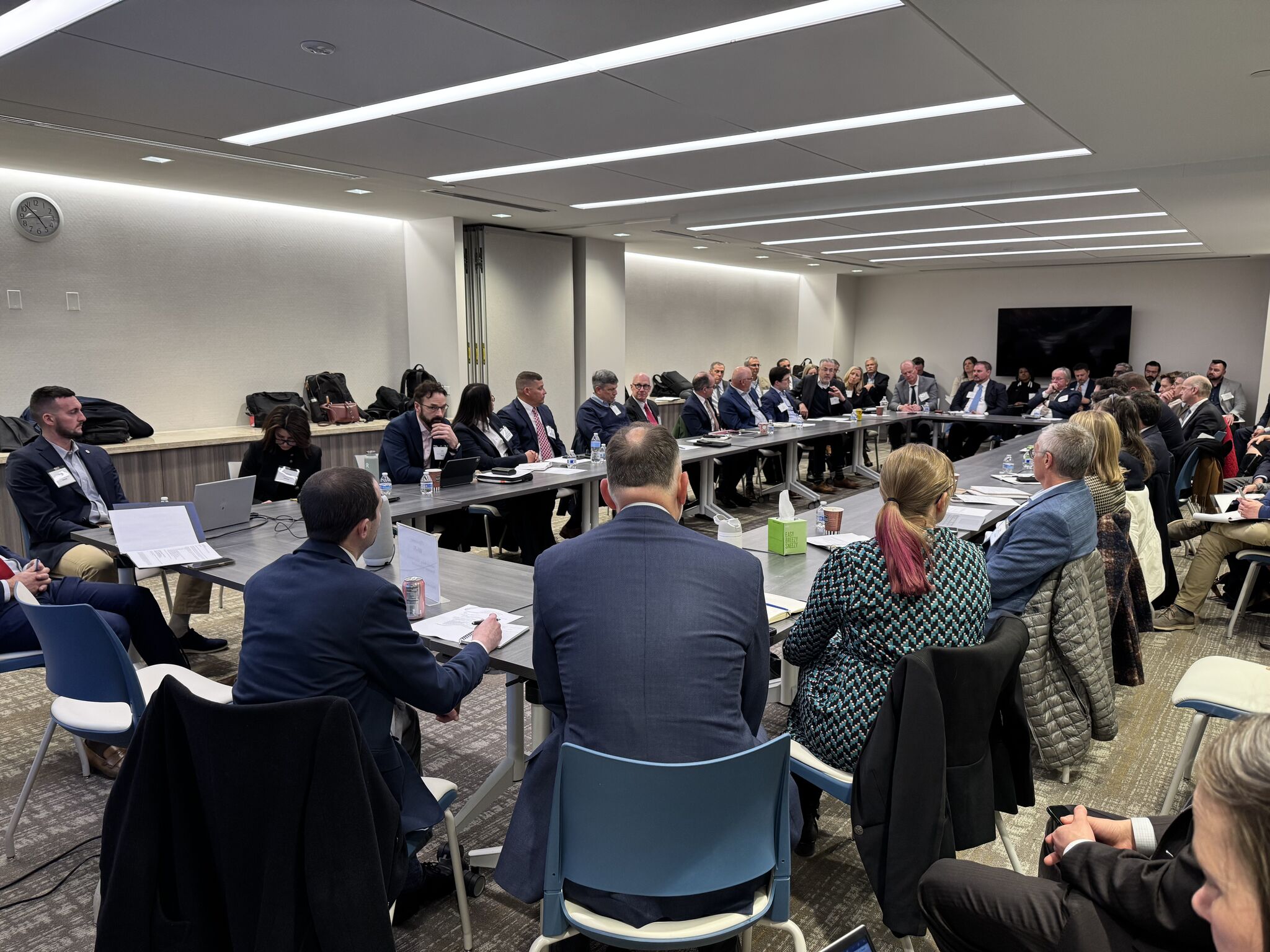US, PH identifying infra projects under Luzon corridor initiative

The governments of the United States and the Philippines are currently identifying projects under the Luzon Economic Corridor initiative.
“What we want to do is to look at what are the kinds of projects that can be invested in and what kind of projects could be supported first,” Amos Hochstein, deputy assistant to US President Joe Biden, said at a press briefing during the Indo-Pacific Business Forum in Taguig City on Tuesday.
“We work with the government of the Philippines on identifying the exact infrastructure projects for development in Batangas and Subic Bay, building the freight rail from the ports to Clark and all the way connecting Subic to Clark to Manila to Batangas,” Hochstein said.
At the Trilateral Leaders’ Summit in Washington DC last month, the chief executives of the US, the Philippines, and Japan announced their intent to develop the Luzon Economic Corridor.
The Luzon corridor initiative aims to connect Subic Bay, Clark, Manila, and Batangas, which will include high-impact infrastructure projects such as ports, rail, clean energy, semiconductors, supply chains, as well as other forms of connectivity in the Philippines.
“If we can have that kind of integrated investment in infrastructure, that will support the companies coming,” Hochstein said.
The US official added that the United States Trade and Development Agency and other multilateral government agencies are going to support the government of the Philippines “wherever it is necessary.”
“Step 1 in all of these is usually to do a feasibility study to identify what is needed. Once you get the results of that, you will look at the next step which is identifying, based on those recommendations you have to award the contract. We’re going to work with the [Philippine] government to accelerate processes,” Hochstein said.
During the forum, US International Development Finance Corporation Deputy Chief Executive Officer Nisha Diwal said, “In fact, we’re also very interested in the Luzon [Economic] Corridor.”
“We are looking for projects here in the Philippines,” Diwal said.
In his opening remarks, President Ferdinand Marcos Jr. emphasized that upgrading Luzon’s infrastructure was essential as it was the “northernmost and largest and most economically active island in the Philippines,” hosting “most of the country’s export manufacturing and high-technology industries.”
Marcos said projects under the Luzon Economic Corridor were seen to create strategic connections between Subic, Clark, and the CALABARZON Region, a prime location for export-manufacturing firms.
“These initiatives will enhance freight transport services, mobility, and access to key economic zones, ensuring business continuity and positioning the Philippines as a regional hub for agribusiness and logistics in the Asia-Pacific,” the President said. — DVM, GMA Integrated News
Related
How SenseiNode Is Building Proof-of-Stake Infrastructure in Latin America
A lot of attention is paid to the decentralization of the Bitcoin network.Bitcoin miners should set up shop in a number of different jurisdictions in order to p
The Infrastructure of Racial Justice Is Under Attack. We Must…
President Donald Trump began February with a proclamation that Black History Month offered “an occasion to celebrate the contributions of so many Black Am
Bomb threat found “non-credible”: American Airlines after Delhi-bound flight diverted…
American Airlines has said that the "bomb threat on board", due to whi
Big infrastructure investment plans take shape in America
Amtrak and dozens of major industry partners representing construction, manufacturing, rail supply, engineering, and other sectors convened for an industr













